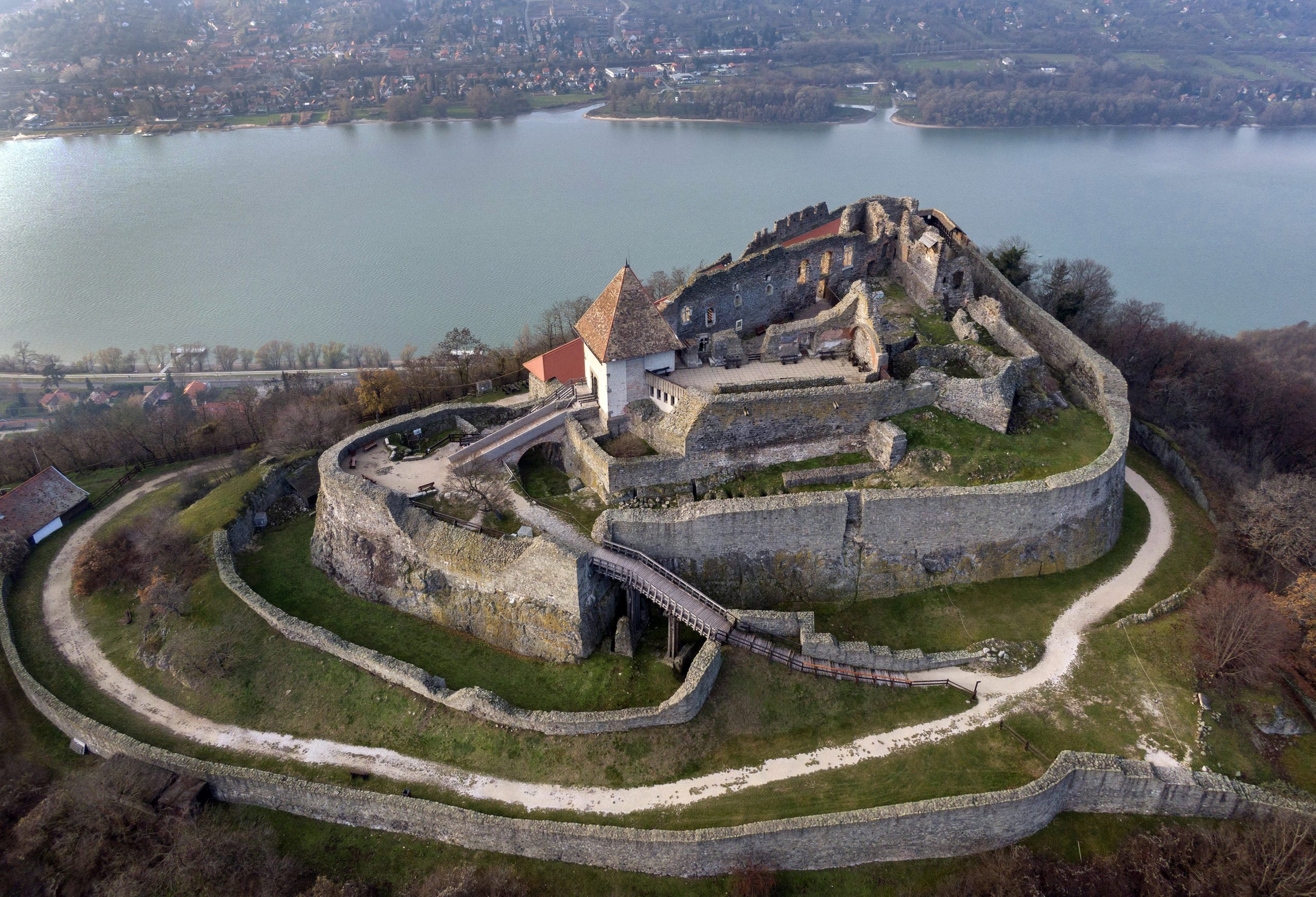
State secretary Eszter Vitályos said the government would ensure continuous funding for the operations, to the tune of "a couple billion forints a year."Continue reading

Queen Elizabeth Piast’s gown could have been adorned with 700-year-old gilded silver jewellery found by experts during an archaeological excavation of the former royal palace in Visegrád.
During the archaeological excavations in preparation for the Visegrád Renaissance Development Program, the oldest surviving building of the first royal palace and a unique Anjou-period jewel were unearthed.
Near the former palace chapel dedicated to St. George, at the foot of Castle Hill, stood the large mansion that has now been excavated. The excavated building was built in the time of Charles I, on the site of a late 13th-century wooden townhouse, in a multi-storied, probably tower-like form from stone.
Next to it, on the courtyard level, a pair of gilded, cast silver clothes clasps was found by experts using a metal detecting technique.
The finely crafted pair of clasps with openwork decoration, just 3.5 centimeters wide, could once have adorned the dress of a distinguished lady. Such small and ornate clasps were used in the Middle Ages to fasten the neckline of women’s dresses. Their fashion survived until the 16th century, but the Visegrád piece that has been found is from the first half of the 14th century.
Its date is attested not only by the minuscule (four-line) letterform and the characteristic hexagonal rosette shape, but also by the stratigraphic relationships of the site where it was found.
It cannot even be ruled out that it was once owned by Queen Elizabeth Piast herself, as the building excavated was probably built for her.
In the mid-1340s, several sources mention the independent mansion of the widowed Queen Mother. After Charles’s death, the building was considerably enlarged and converted into a one-story house. Later, in the second half of the 14th century, when the royal palace that still stands today was built, the Queen Dowager was probably given a new suite there, and the old Queen’s house was converted again. It was not demolished until the end of the 14th century.
The archaeological excavation was carried out on behalf of the Castle Administration by the staff of the King Matthias Museum and the National Archaeological Institute of the Hungarian National Museum. As part of the Visegrád Renaissance Development Program, the Castle Authority’s staff are rebuilding the historic buildings of Visegrád in the original style. The most spectacular element of the reconstruction will be the renewal of the Citadel and the Royal Palace.
Via MTI; Featured Image: Facebook / Magyar Nemzeti Múzeum